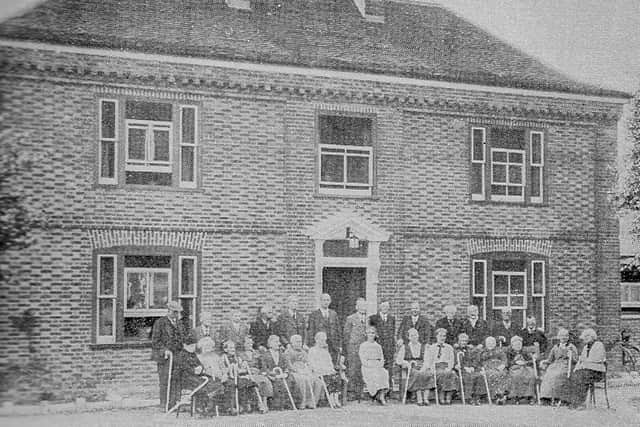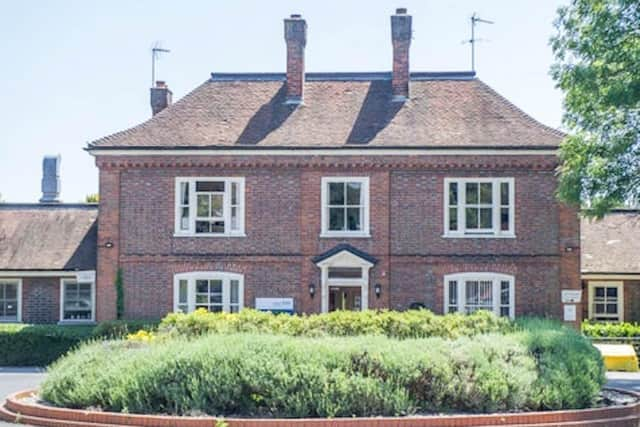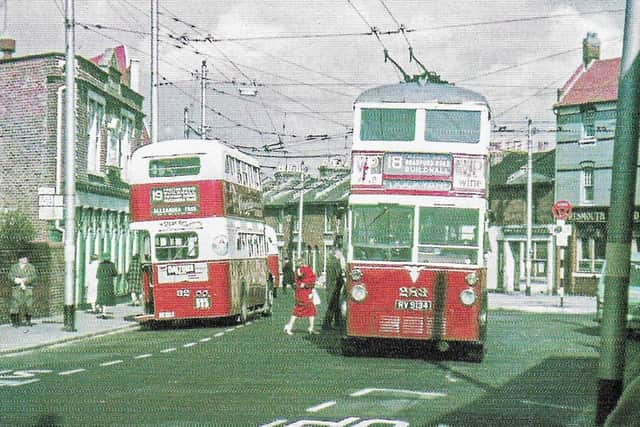Portsmouth farmhouse converted into home for ‘infirm blind’ | Nostalgia


It is at Wymering and there is accommodation for people who require nursing for dementia, mental health conditions and general care for those aged 65 and above.
In fact, the main house was once a farmhouse dating from the middle of the Victorian age.
Advertisement
Hide AdAdvertisement
Hide AdIt is a two-storey, red brick property with a clay tiled roof. It was once part of the manor of Wymering and was either East Wymering Farm or Lower Farm.


In 1935 the building was taken over by the City Corporation in association with the Voluntary Association for the Blind. It was then called the Jubilee Home for the Aged and Infirm Blind.
At that time, what is now Medina Road was the main Southampton Road from Cosham.
The home was opened on September 4, 1935 by the Lord Mayor of Portsmouth WJ Avens with a golden key.
Advertisement
Hide AdAdvertisement
Hide AdThe corporation’s flag was broken on a high flagpole by JF Hooper, the life president of the Voluntary Association for the Blind.


The home had accommodation for 10 men and 16 women. The home was said to have been delightful and designed with sympathy and understanding and nothing but the highest praise could be afforded it.
In later years the home was a rehabilitation and palliative end-of-life centre. Today it offers Care in the Community services.
Today, the former farmhouse remains unchanged, even the roof tiles appear the same. the windows appear to have been converted to double glazing but with the same design. Two towering chimneys remain I am glad to say.
In the photograph can be seen the home’s committee members and some of the residents.
The modern photograph is the house today with modern adjoining extensions.
Comment Guidelines
National World encourages reader discussion on our stories. User feedback, insights and back-and-forth exchanges add a rich layer of context to reporting. Please review our Community Guidelines before commenting.